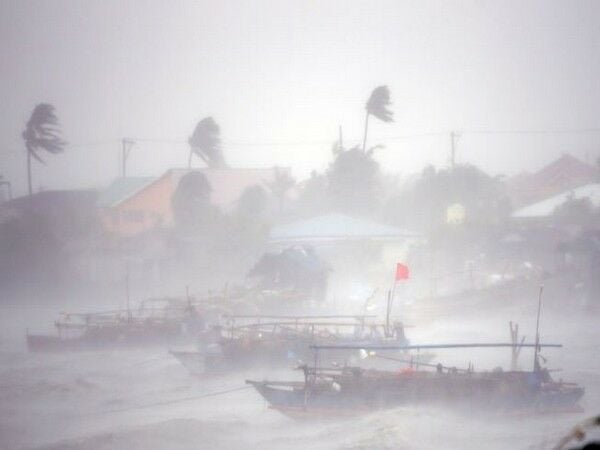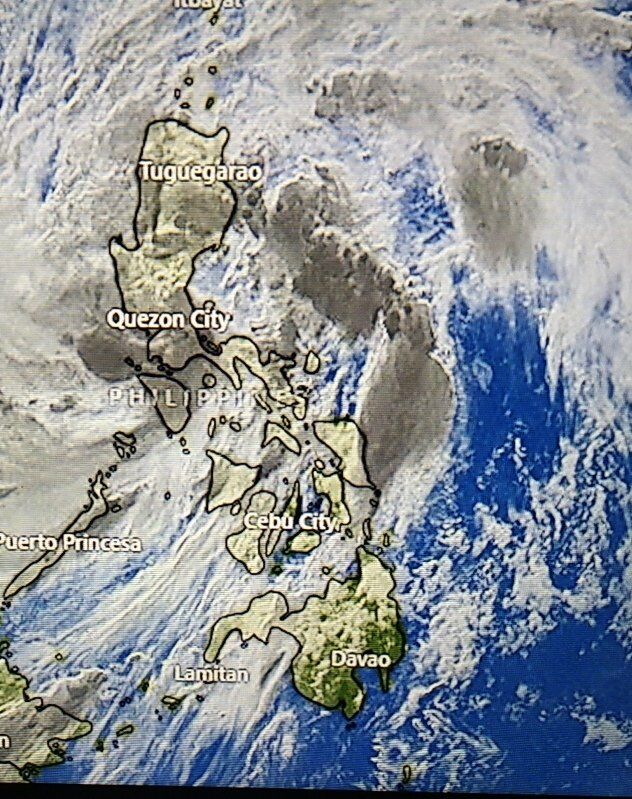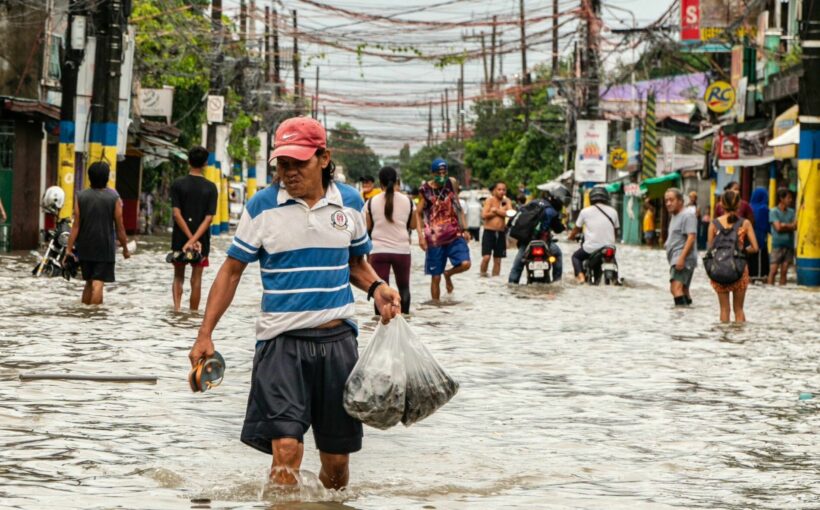Death toll up to 98 in Philippines, more storms predicted

The death toll in the Philippines has risen to almost 100 after Tropical Storm Nalgae hit the island nation over the weekend.
Reports say 98 people have died as a result of the storm sweeping across the Southeast Asian country.
The Philippines disaster agency reported that about half the deaths were recorded in the southern autonomous region of Bangsamoro because of rain-induced landslides.
Villagers in Kusiong in southern Maguindanao province thought a tidal wave was coming and ran toward higher ground. They were buried alive by the deluge. About 18 bodies, including children, have been dug out by rescuers.
The agency said 63 people were still reported missing while 69 have been recorded as injured.
Fifty-three people died in the Bangsamoro region while 22 are still missing.
Damage caused by the heavy rains and strong winds is estimated to be about US$13 million.
https://twitter.com/happyALCASID/status/1586848282029891584
Philippine President Ferdinand Marcos is expected to fly over flood-submerged areas to inspect damage today. The Philippines leader expressed shock over the number of deaths, particularly in Maguindanao province in Bangsamoro.
Government agencies have been handing out aid and food packs to affected families.
The Philippine Atmospheric, Geophysical and Astronomical Services Administration (PAGASA) said that a new weather system, “Queenie” was spotted 815 kilometres east of Northeastern Mindanao.
It is reported to have sustained winds of 65km per hour near the centre, and gusts of up to 80km/h.


While Queenie gained strength, the agency said it was unlikely to directly affect the country until tomorrow. But residents of Caraga, Eastern Visayas, and Bicol Region may experience light to heavy rains starting Wednesday.
PAGASA said the highest wind signal that it may raise is Wind Signal No.1.
PAGASA weather forecaster Grace Castañeda said Queenie is expected to move toward the east of Caraga, and Eastern Visayas.
Castañeda reported that the weather disturbance is “unlikely to directly affect” the country today and tomorrow, and may weaken into a low-pressure area (LPA) on Wednesday. As an LPA, it may bring scattered rain showers and thunderstorms over the two aforementioned regions.
“Flooding and landslides are still expected because Tropical Depression Queenie may still bring heavy rains.”
Queenie is the 17th tropical cyclone in the country this year and the fifth this October.
Queenie’s arrival came shortly after the onslaught of severe tropical storm “Nalgae” which weakened into a tropical storm on Sunday morning.
The National Disaster Risk Reduction and Management Council said in its latest report that 1.8 million Filipinos, or over 575,000 families, have been affected by Paeng which is forecast to exit PAR on Monday afternoon or evening.
The Philippines sees an average of 20 typhoons a year, with frequent landslides and floods blamed in part on the growing intensity of tropical cyclones.
The tragedy in the Philippines follows quickly on the back of the pedestrian footbridge catastrophe in India yesterday.
Latest Thailand News
Follow The Thaiger on Google News:


























